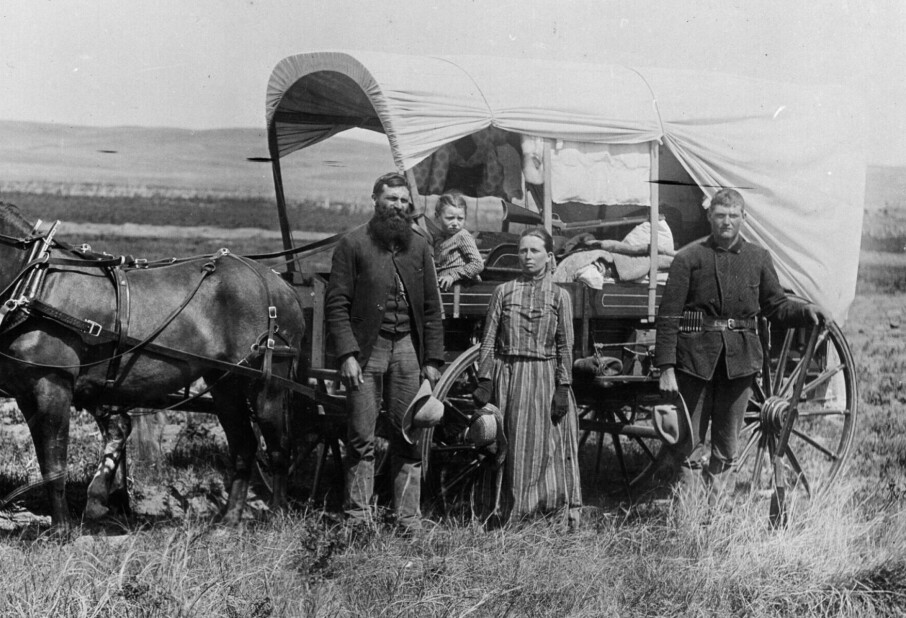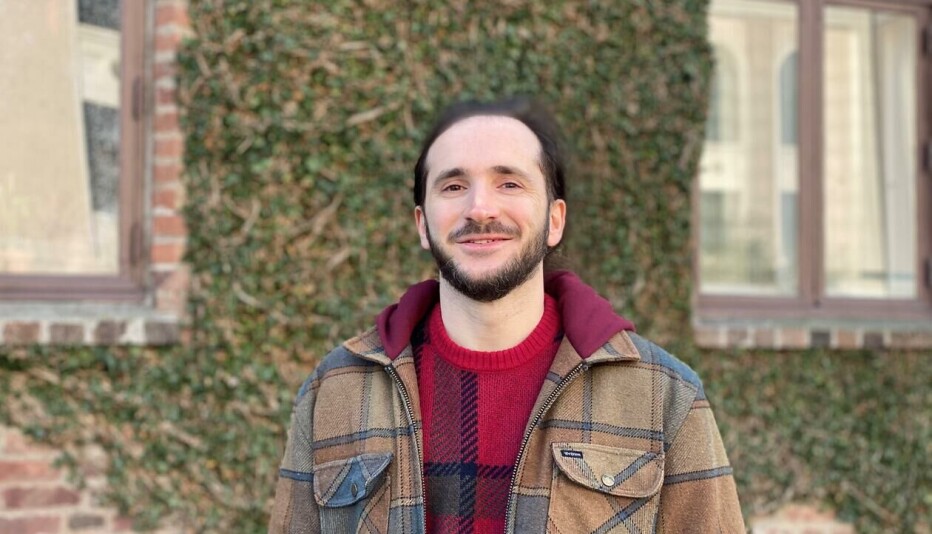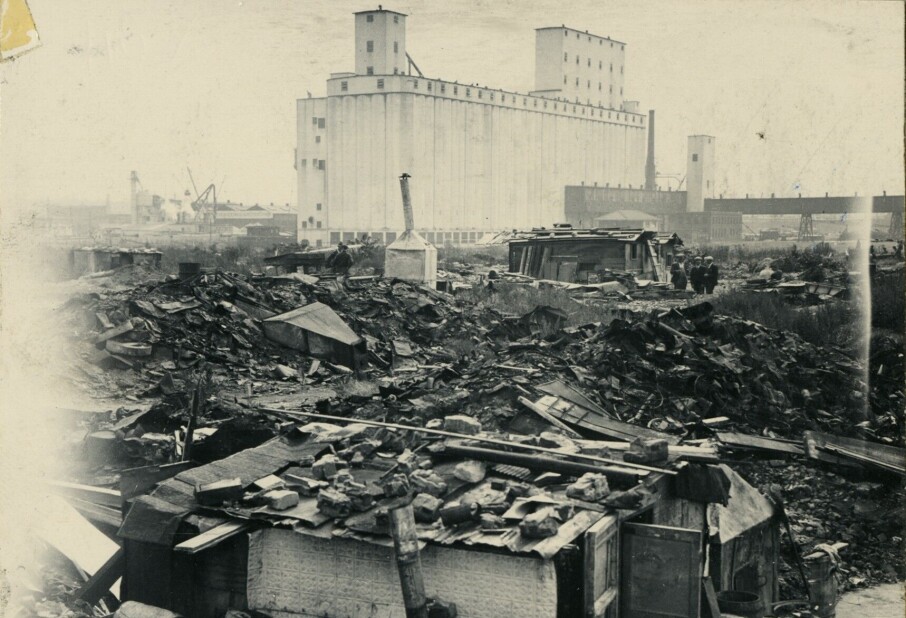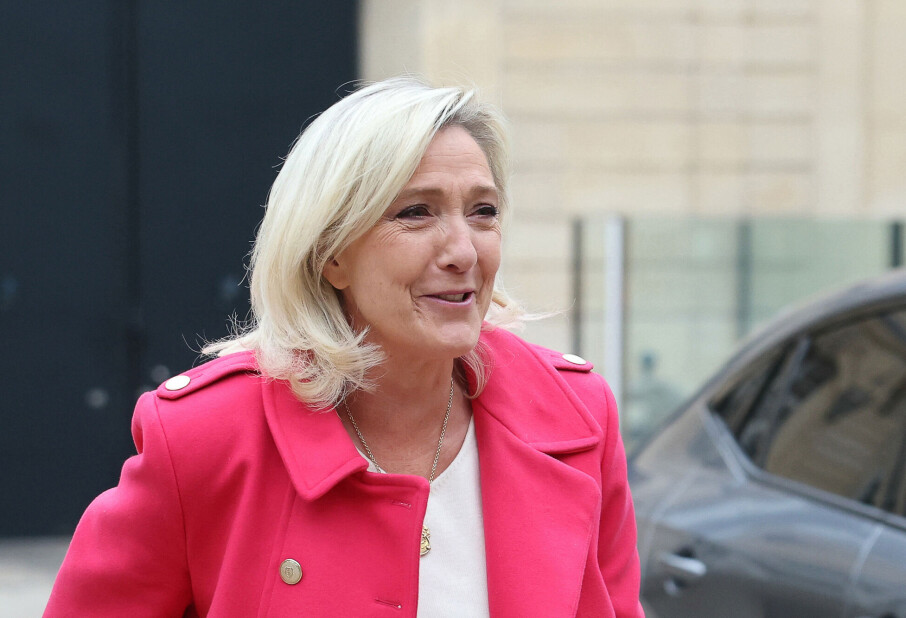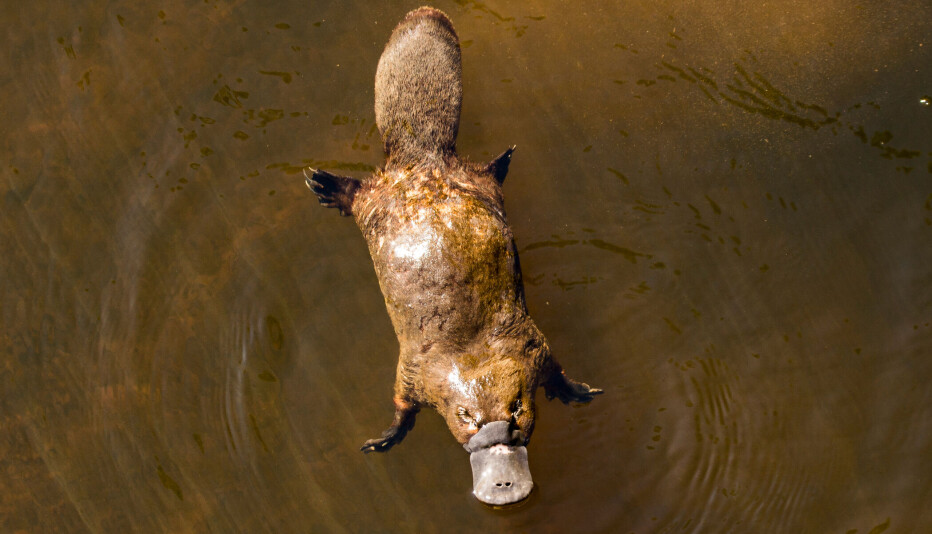
The dope on marijuana cultivation in Norway
Indoor cultivation of marijuana plants is on the rise in Norway, but most growers plan to stay small, and look down on the established drug trade.
Denne artikkelen er over ti år gammel og kan inneholde utdatert informasjon.
The Norwegian cannabis market is dominated by imported hashish, often of poor quality, while only 20 percent of the market is made up of 'pot', or dried marijuana plants. This means the profit potential for locally grown marijuana is huge, but few growers are willing to expand from a few plants on their bedroom windowsills to large-scale operations.
Researchers at the University of Oslo interviewed 45 cannabis growers over the course of several years, and found that most want to remain small, mainly because they lack organisational and botanical skills, money to cover startup costs, and street smarts, or 'criminal capital' – knowing how to navigate in the shady world of drug dealing.
Easy to ruin a crop
Sveinung Sandberg, co-author of the study, explains that many growers were put off by the organisational challenges posed by large-scale marijuana farming. While raising a couple of plants is manageable for one person, overseeing dozens or even hundreds of plants is a much more complex task.
“If you're doing it on a large scale, you need a team of people around you, and you need enough organisational skills to run a small business,” says Sandberg.
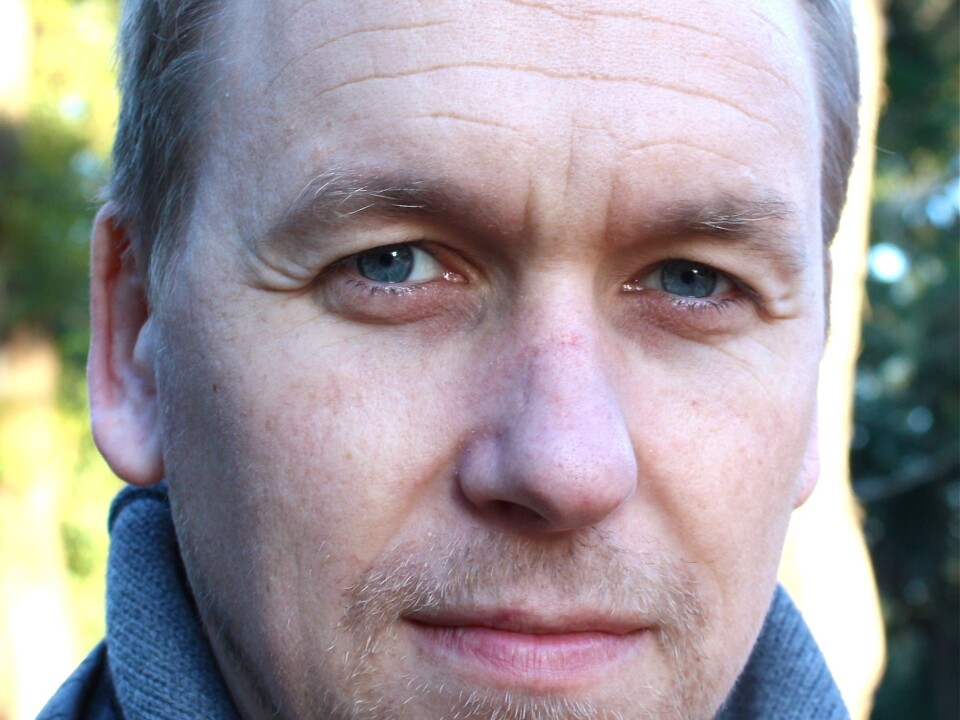
Most of the growers interviewed either lacked those skills or simply had no interest in turning their growing operation into a full-time job.
Many also lacked the necessary botanical skills.
"Growing marijuana is a complicated process and it's easy to water the plants the wrong way or make other mistakes that could ruin a whole crop," says Sandberg.
In addition to requiring artificial lighting, plants need nutritional supplements and careful watering. Insects and diseases can destroy an entire crop, and many things can go wrong for those who don't know what they are doing.
“You need a pretty high level of botanical skill to run a large-scale growing operation,” says Sandberg.
Typically, ambitious marijuana growing projects involve one person who is 'extremely skilled' in botanical matters, while others take care of everything else.
“When we interviewed these [particularly skilled] growers, they could talk about the cultivation process for 30 minutes straight. It was as if the person was a professional gardener or botany student,” Sandberg said.
Startup capital
Small-scale growers with greater ambitions also face financial hurdles. Large-scale growing involves lighting and sometimes watering gear, and because the Norwegian climate is generally too harsh for outdoor growing, the cost of providing sufficient real estate can be huge.
“Stepping up to large-scale marijuana growing could potentially cost tens of thousands of Euros in investments, and it takes a few months until you can sell the first crop,” says Sandberg. “There's a lot at stake when you have invested all that money.”
'Ole,' a 34-year-old grower who was one of the few informants that expanded to a large-scale operation, said he and his team spent more than €26 000 before they “took out profit.”
“Money came in the whole time, but we used it to cover operating costs and equipment. Most of the money was spent on housing, electricity and equipment. We had a lot of equipment just lying around, but most of the money was used on rent and the housing deposit. We paid €2 300 [per month] in rent and paid a three-month deposit and we first took out money after 12 months, so I guess we spent €33 000 EUR on housing stuff. ”
Ole and his team lost 20 plants in the first crop because of equipment failure, and the second was infected by insects. This made the startup period even more expensive, and the only reason they were able to proceed was because they also had legitimate jobs and no families to support.
Partners in crime
Another challenge for large-scale growers is getting rid of their product, and little can be done without the 'right' contacts.
“If you've got 10 kg of marijuana you can't just sell it yourself, that would be way too risky,” says Sandberg.
Instead, the grower needs to find someone willing to buy a substantial amount of marijuana, which tends to be individuals who often have ties to organised crime or hardcore criminals.
'Karl,' a 43-year-old who had 20-30 plants in his bedroom, had no plans to expand.
“If I produce more than I do now, I’ll have to get a dealer,” he said. “I can’t sell because I grow, you have to make a distinction between those two activities, or you’ll get busted. But the people who I know who could sell are like real dope dealers. ”
The interviewer noted that he spoke of 'dope dealers' with contempt.
Then there's the issue of 'criminal capital', or the learned, social skills that are needed to operate in the criminal underworld. Many small-scale growers lack such skills, and those who play with fire tend to get burned.
“They are easily tricked, and can get themselves into serious trouble,” says Sandberg.
Peace, love and smoke
Small-scale growers typically grow to ensure their own supply, occasionally selling to close friends, and most of them share a distaste for hardcore drug dealers and the business aspect of drug dealing.
Instead, they identify with a cannabis culture that emphasizes the value of sharing with one another over commercial activities, and peace over violence.
“Members of this culture aren't necessarily very concerned with criminal offenses per se, but they are highly skeptical of the violence involved in the drug trade and dislike hardcore criminals,” says Sandberg.
Most small-scale marijuana farmers grow pot so they can have a good time with friends, and making money off the drugs goes against their motives.
Locally grown better than imports
The Norwegian cannabis market is dominated by imported hashish – not because of user preference, but because its longevity and compressed size makes it much easier to import from abroad.
Any increase in the availability of home-grown marijuana will push some hashish out of the market. This might not only benefit the drug user, who can avoid smoking potentially hazardous material, but also society. The logic is that money spent on imported hashish supports the transnational drug economy, which is largely operated by organised crime.
“If people are going to use cannabis, it's better if they grow it on their own,” says Sandberg. Sandberg's personal opinion is “importing hashish involves criminal organisations that absorb young teenage boys and turn them into criminals.”
“It's better to grow your own plants than to feed that big, ugly economy,” he says.


























